Visiting Centennial Farm (Page Two)
This is always a mandatory stop to visit and see what and how they do things. We met several people and we did our docent job... We explained how corn and asparagus grow, complete with the entire life-cycle!
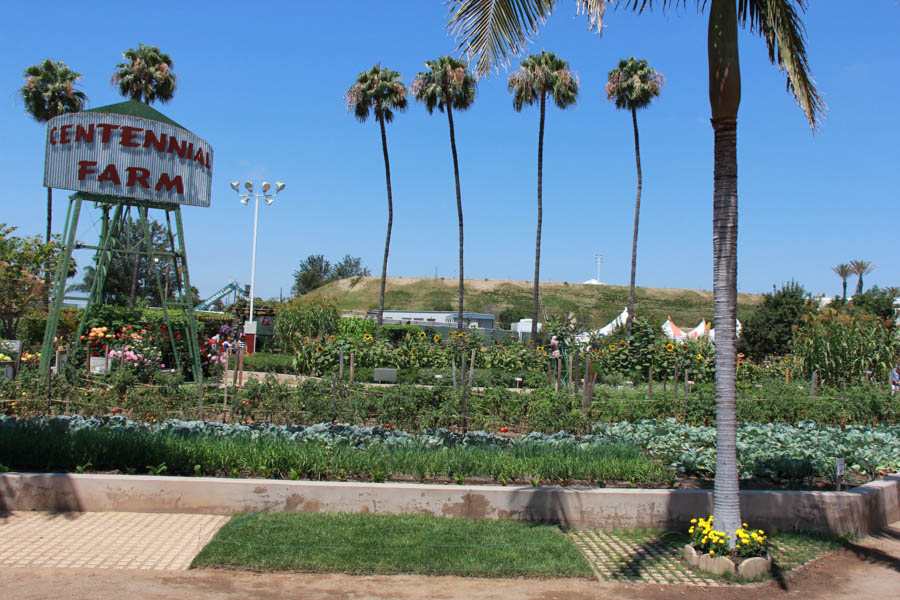
It was a magnificent day at the farm!
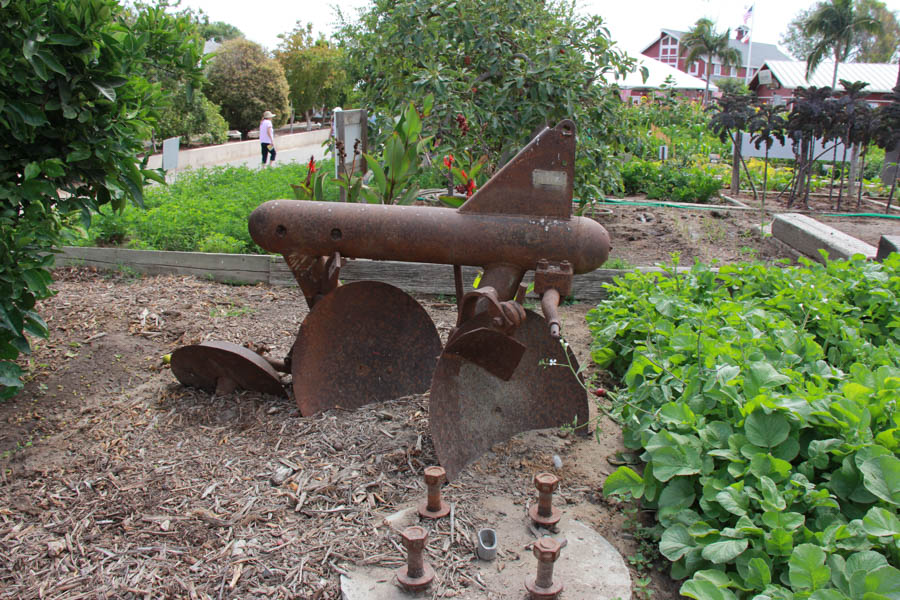
Half rocket and half disc!
Did You Know? - A disc harrow is a farm implement that is used to till the soil where crops are to be planted. It is also used to chop up unwanted weeds or crop.


Great signage... The carrots were just planted and have not popped out yet!

Beans were everywhere!
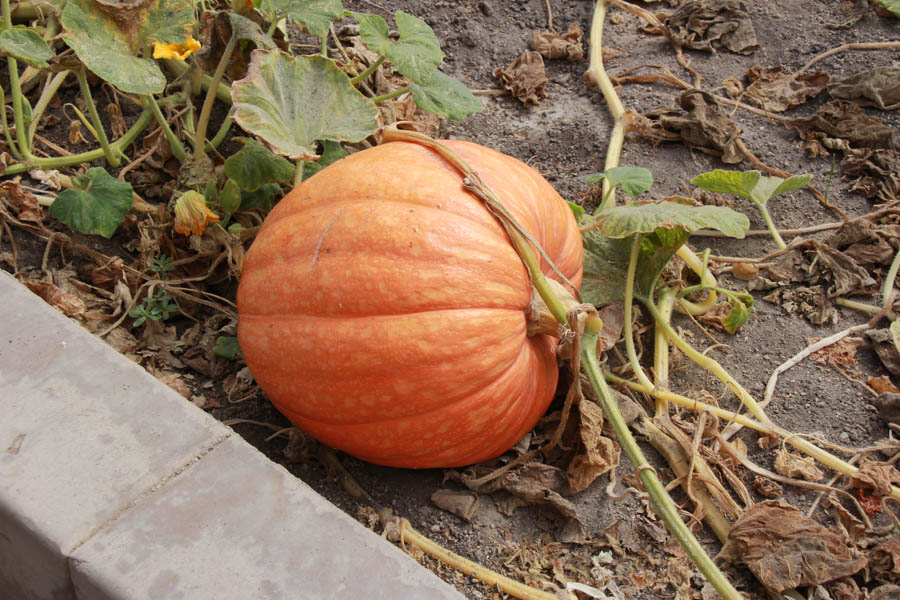
Hiding from Halloween!
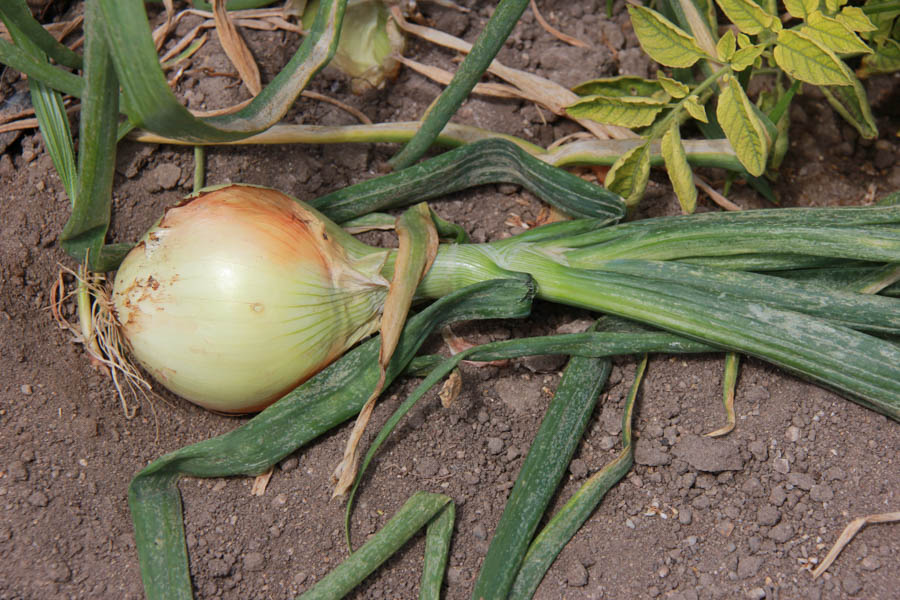
The onion is curing
Did You Know? - Pungent onions that will be stored for the winter need to be cured for two to four weeks. Leave them spread out in a single layer. Warm (75-80 degrees F), dry and breezy is ideal. As the onions are curing, their necks will gradually wither and the papery skins will tighten around the bulbs.

The Casper Pumpkin is indeed white
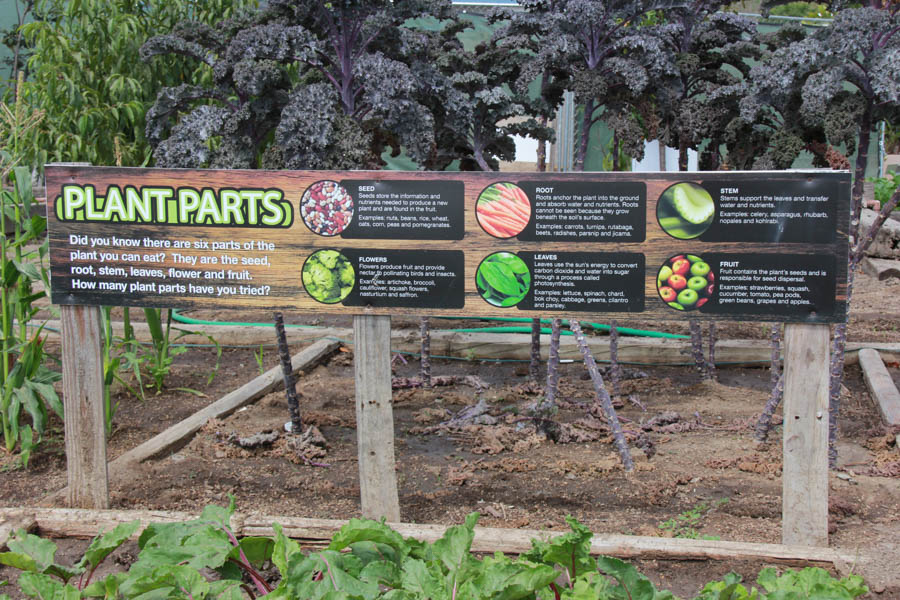
Excellent educational tools

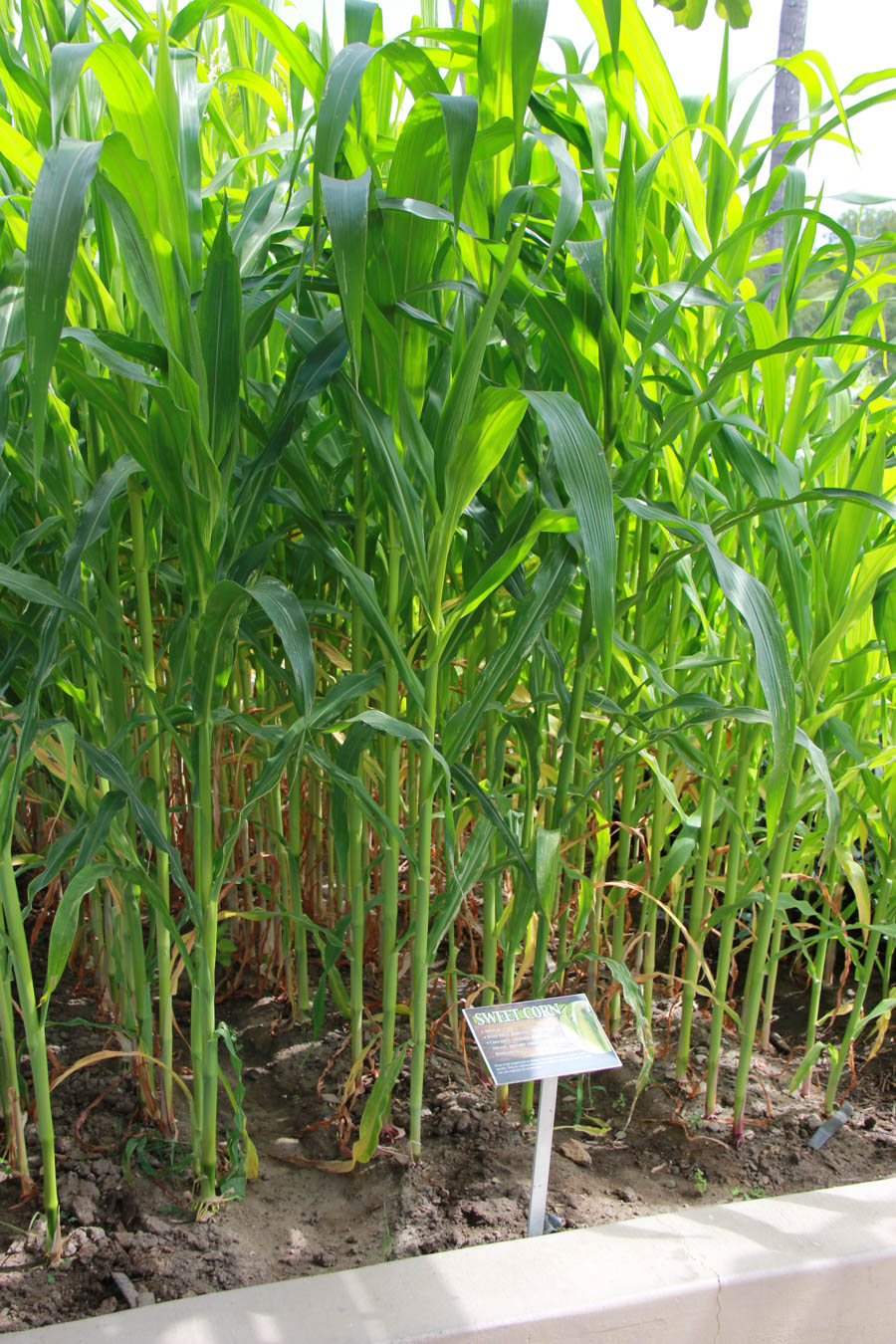
Sweet corn... Looks yummy already!
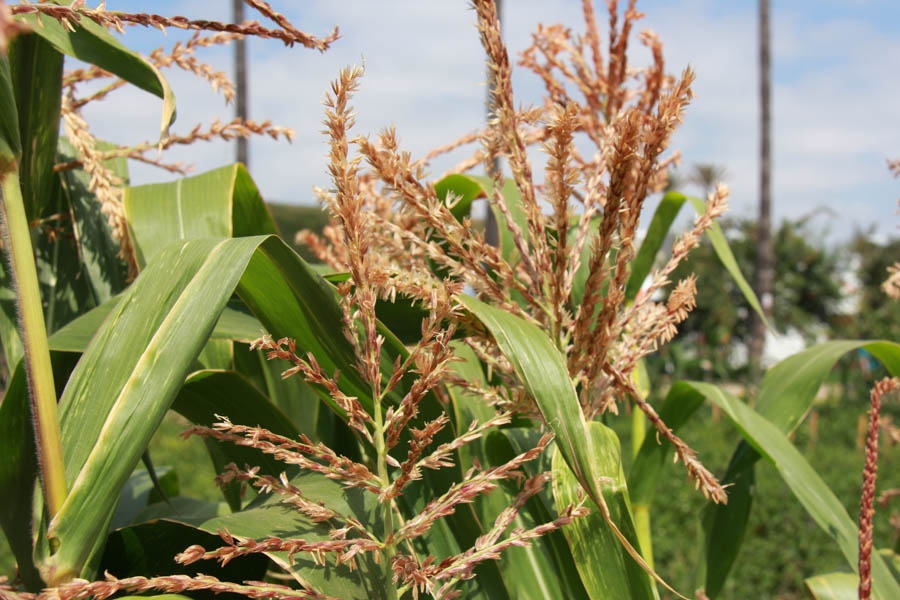
The boys are getting ready to go to work...
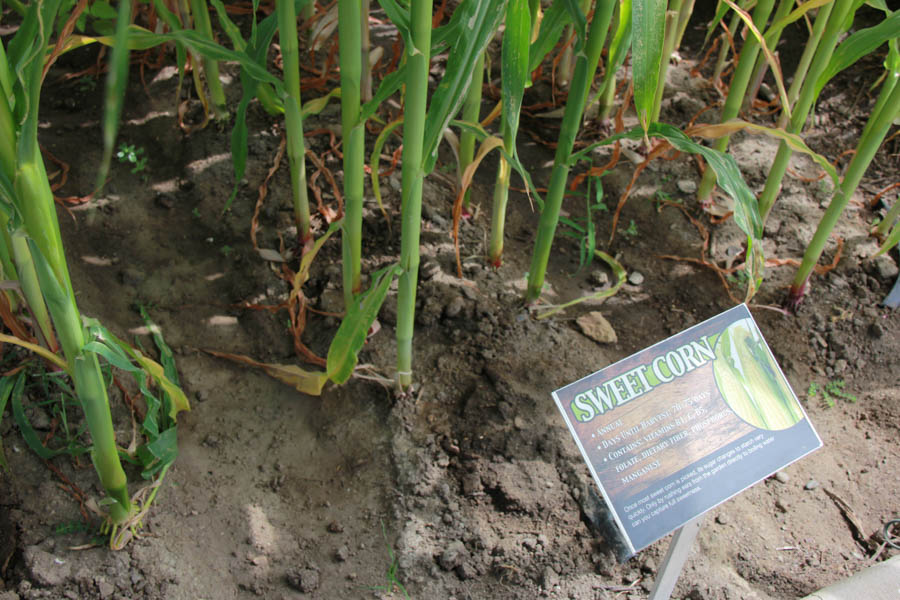
They are planted close to each other... Just like we do!

Almost looks like bamboo

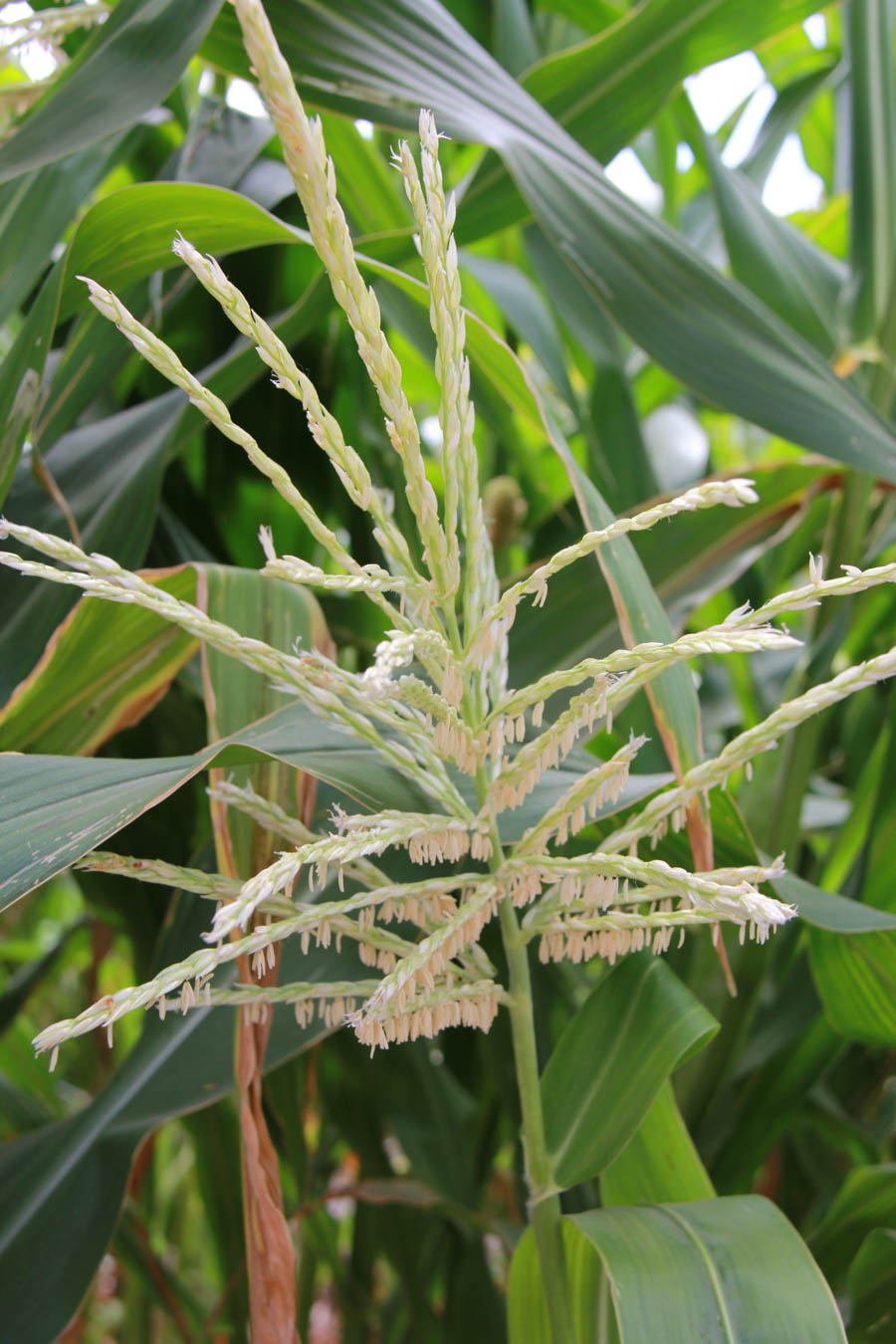
The tassels on the top of the corn are the "boy parts"

When the wind hits the tassels, they drop on the silk "girl parts"
For each individual silk there is a corn kernal on the inside of the husk!

Color indicates they are beginning to ripen
Did You Know? - Silk elongation begins first from the basal ovules of the cob, then proceeds sequentially up the ear. Because of this acropetal sequence of silk elongation, silks from the basal (butt) portion of the ear typically emerge first from the husk, while the tip silks generally emerge last. Complete silk emergence from an ear generally occurs within four to eight days after the first silks emerge from the husk leaves.
As silks first emerge from the husk, they lengthen as much as 1.5 inches per day for the first day or two, but gradually slow over the next several days. Silk elongation occurs by expansion of existing cells, so elongation rate slows as more and more cells reach maximum size. Elongation of an individual silk stops shortly after pollen is captured, germinates and then penetrates the silk.
If not pollinated, silk elongation stops about 10 days after silk emergence due to senescence of the silk tissue. Unusually long silks can be a diagnostic symptom that the ear was not successfully pollinated.
Silks remain receptive to pollen grain germination up to 10 days after silk emergence, but to an ever-decreasing degree. The majority of successful ovule fertilization occurs during the first 4 to 5 days after silk emergence (see photos that follow).
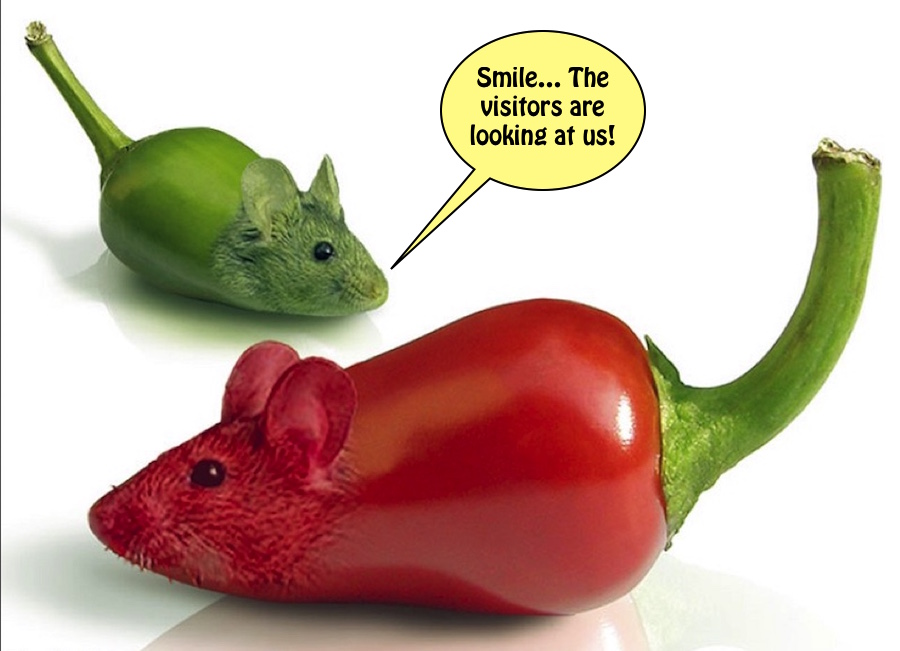

Peppers anyone?
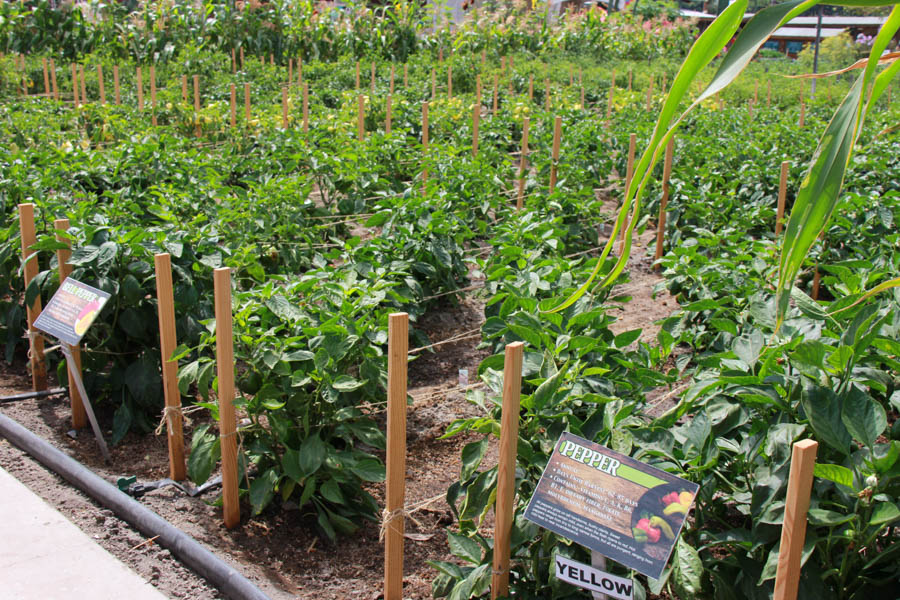
Almost every color imaginable
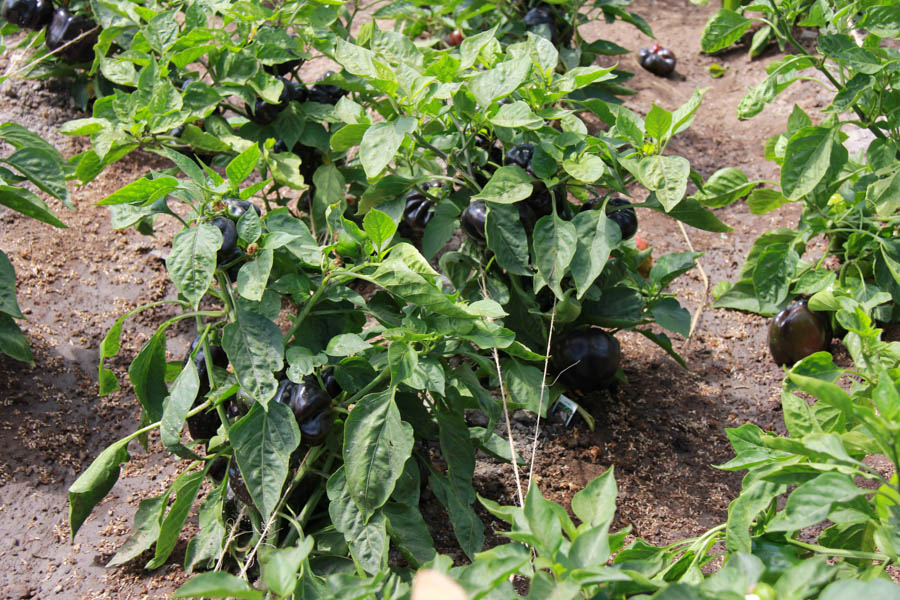
The black ones are hiding in their leaves!


Big ones and little ones
Did You Know? - Like potatoes, tomatoes, and corn, the cheerful plants didn't originate in Europe. They were cultivated in North America as far back as 3000 BCE, when they were developed for food, medicine, dye, and oil. Then, they were exported to the rest of the world by Spanish conquistadors around 1500.

Taller than the corn next door
Did You Know? - Russian immigrants to the United States in the 19th century brought back highly developed sunflower seeds that grew bigger blooms, and sparked a renewed interest in the native American plant. Later, American sunflower production exploded when Missouri farmers began producing sunflower oil in 1946, when Canada unveiled a mechanical seed-crushing plant, and in the 1970s, when consumers looked for low-cholesterol alternatives to animal fats.

Producing seeds!
Did You Know? - Sunflowers display a behavior called heliotropism. The flower buds and young blossoms will face east in the morning and follow the sun as the earth moves during the day. However, as the flowers get heavier during seed production, the stems will stiffen and the mature flower heads will generally remain facing east.

The seeds are dropping
Did You Know? - Each sunflower's head is made of smaller flowers. The petals we see around the outside are called ray florets, and they cannot reproduce. But the disc florets in the middle, where the seeds develop, have both male and female sex organs, and each produce a seed. They can self-pollinate or take pollen blown by the wind or transported by insects.
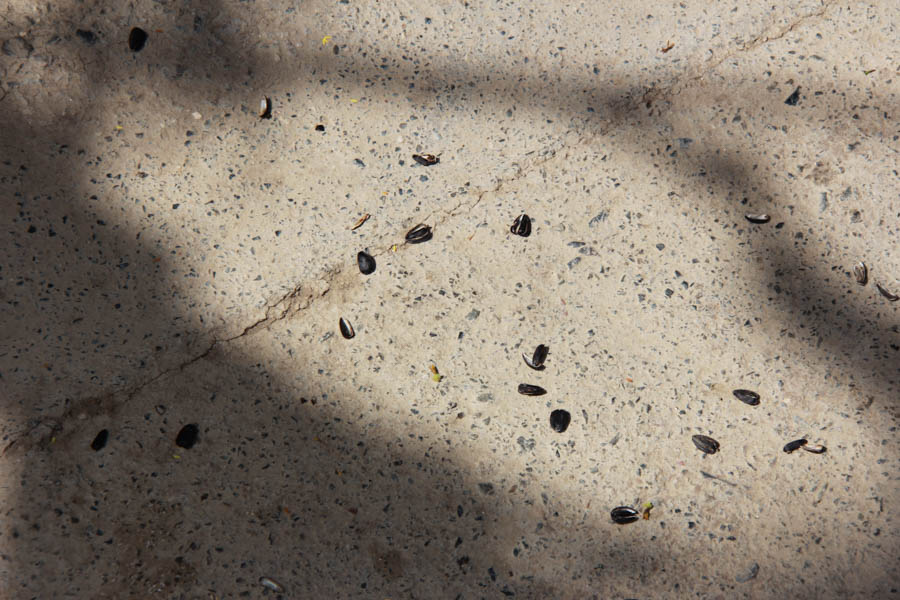
Evidence!

They form a good fence
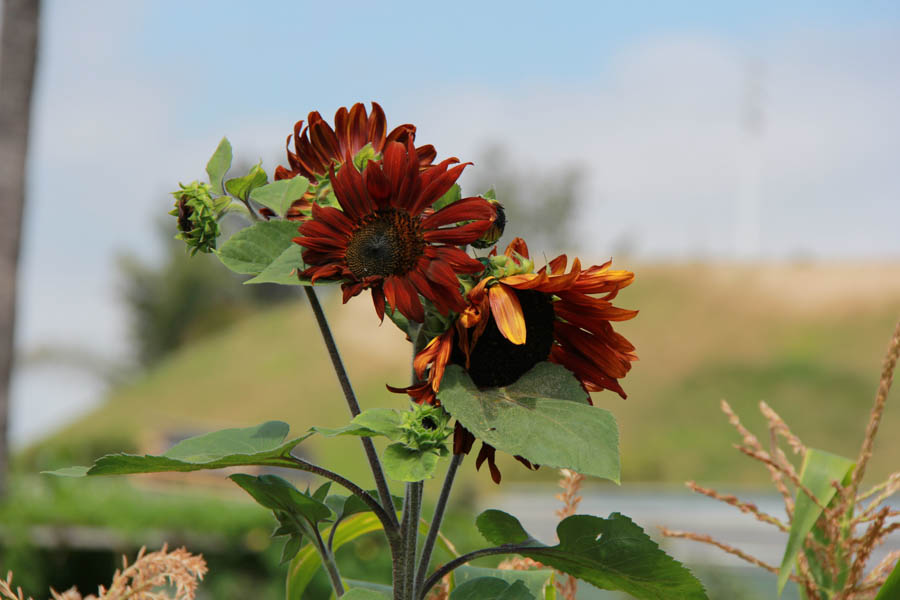
..and come in several colors

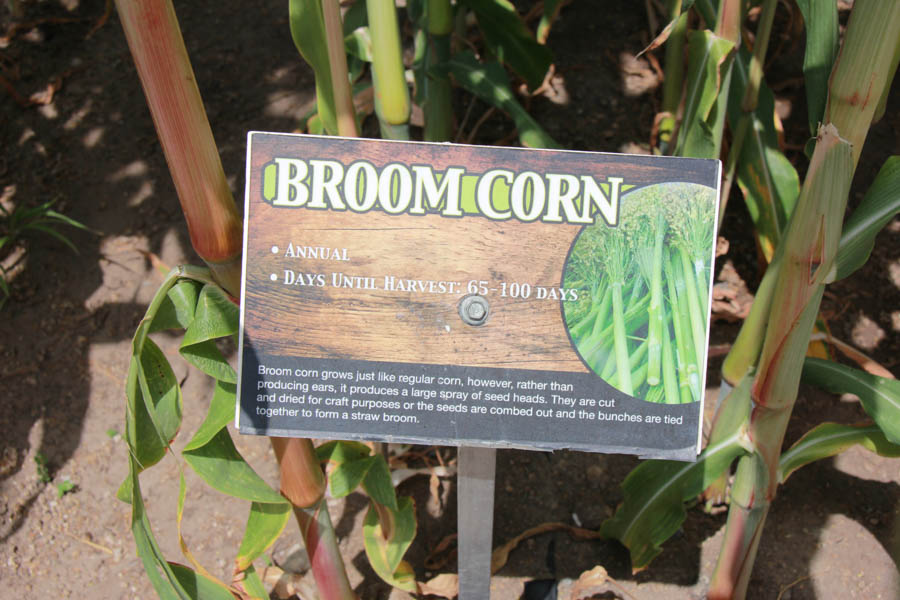
No corn... Just stiff bristles
Did You Know? - One species, Sorghum bicolor, native to Africa with many cultivated forms now, is an important crop worldwide, used for food (as grain and in sorghum syrup or "sorghum molasses"), animal fodder, the production of alcoholic beverages, and biofuels.
Most varieties are drought- and heat-tolerant, and are especially important in arid regions, where the grain is one of the staples for poor and rural people. These varieties form important components of pastures in many tropical regions. S. bicolor is an important food crop in Africa, Central America, and South Asia, and is the "fifth-most important cereal crop grown in the world" according to the U.S. Grains Council.
One of the uses is making of brooms!
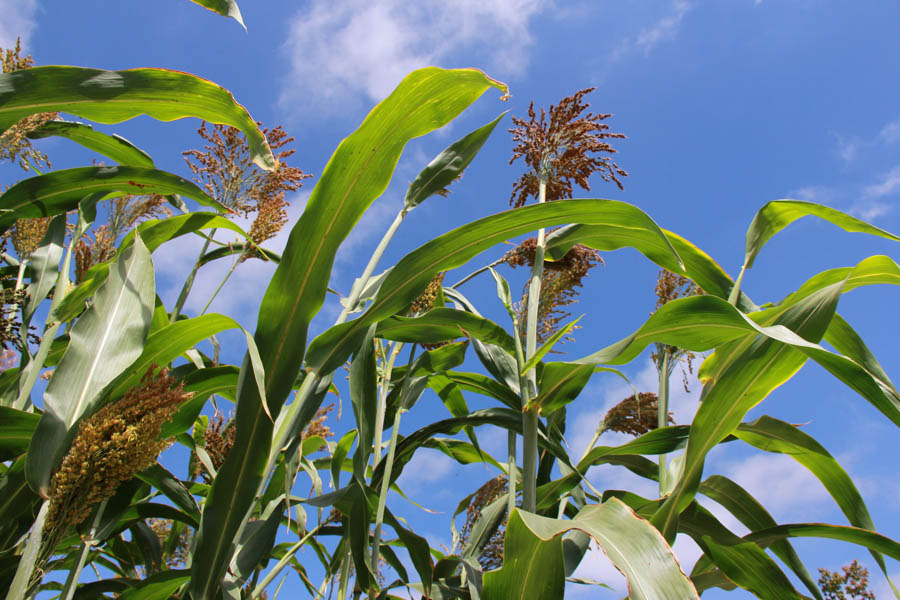
Reaching for the sky!

Interesting vine assisters!
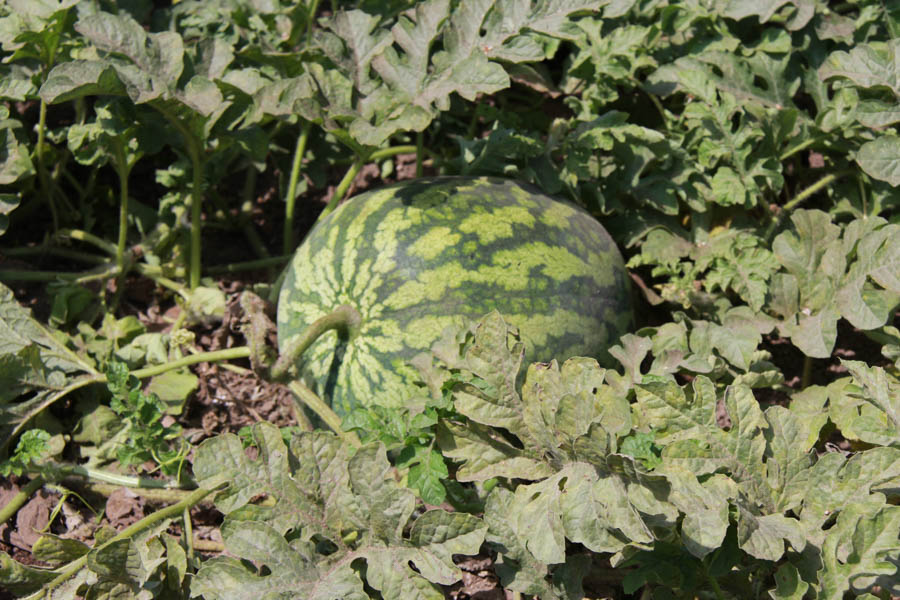
The watermelons are looking pretty good
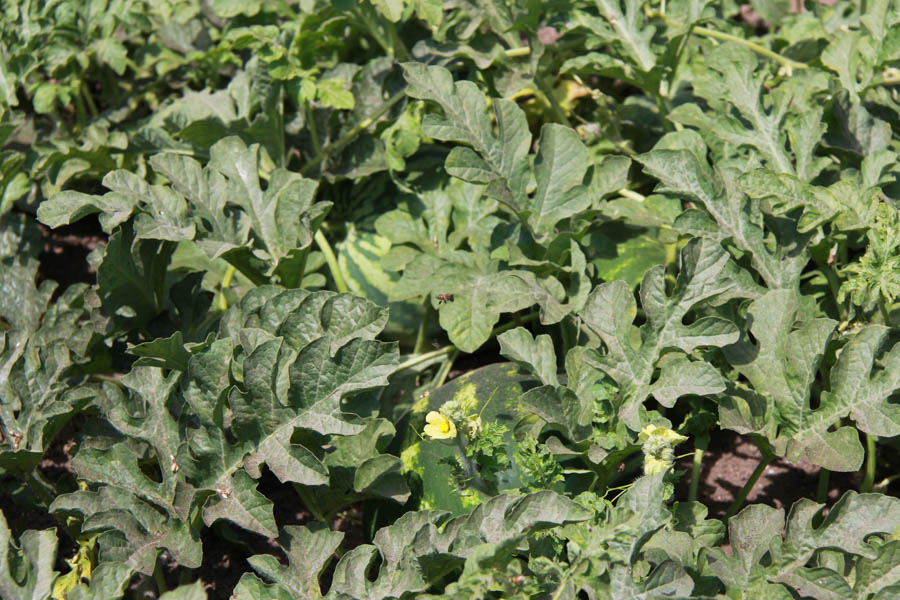
Do you see the melons hiding in the leaves?

The grapes vines are doing well!

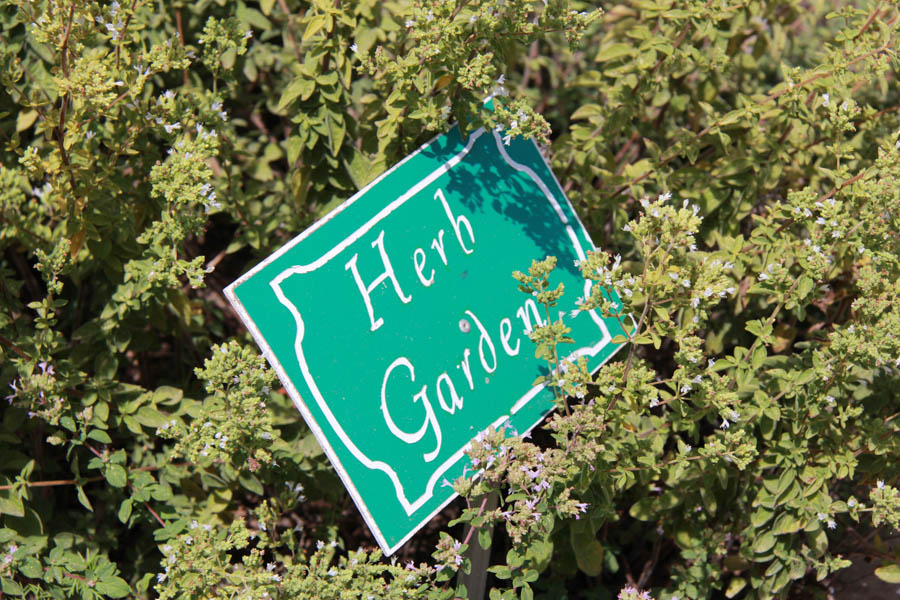
..and quite a collection do they have
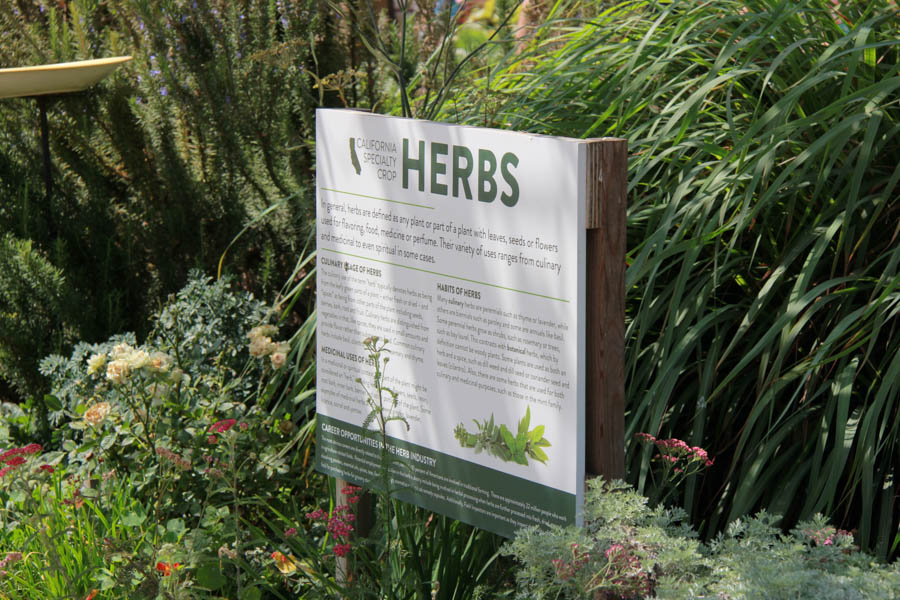
Smells wonderful... The bees like it too
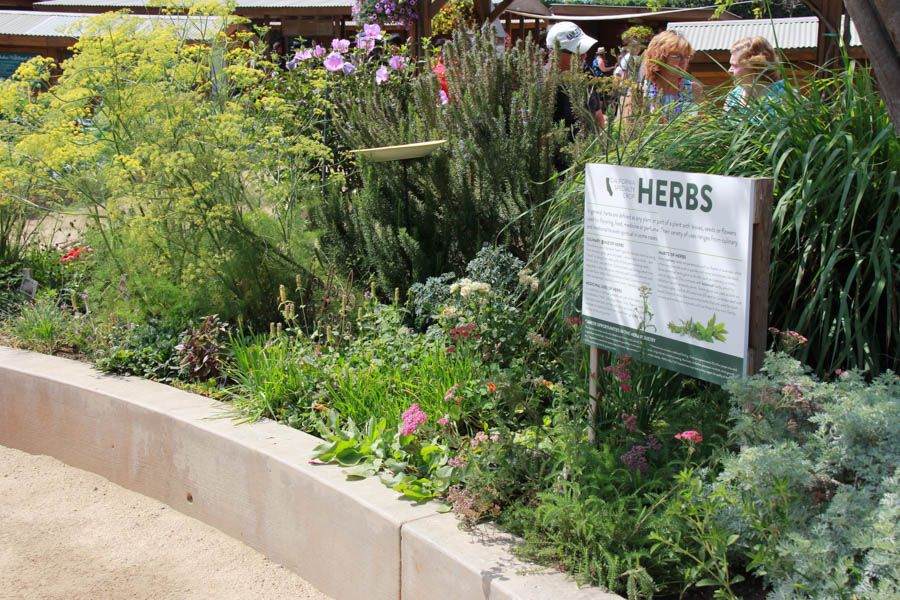
Some we have never heard of

Beautiful in addition to being delicious!
